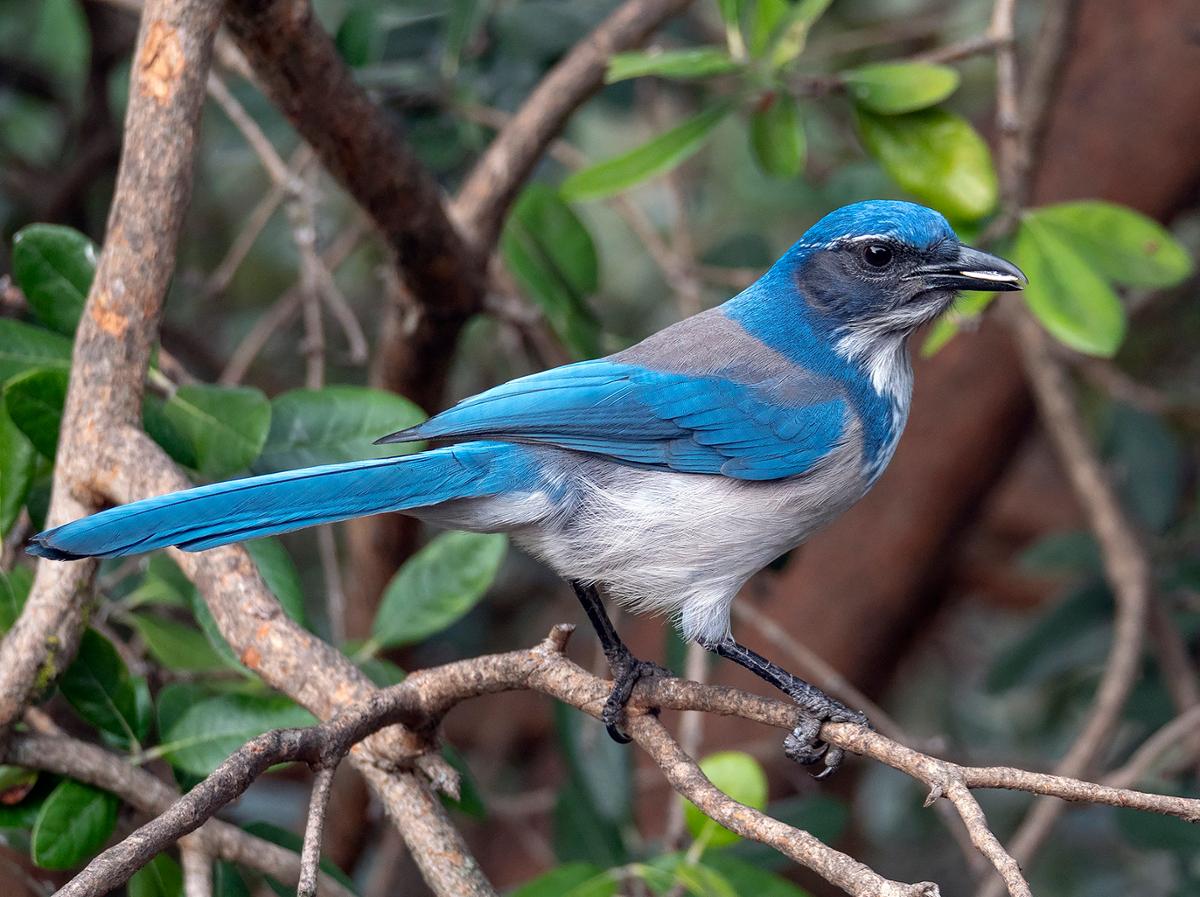Every student knows the social order of their school: the jocks, the nerds, the popular kids. This can be especially true in the lunch line, where stronger kids, eager to grab a bite to eat, might swoop in and bully smaller students out of the way.
Teenagers aren’t the only ones with a pecking order: research shows that birds at the bird feeder follow one, too. Though a feeder seems to promise a first-come, first-served meal, in reality, you’ll lose your seat should someone higher on the avian social hierarchy come along.
A 2017 study, with the help of citizen-scientists, examined 7,685 interactions between birds at feeders across North America. The ornithologists hoped to distill these complex relationships into a straightforward ranking: with so many different species jostling for space, who was the most dominant bird? The most easily scared off? Where did all the other birds fit in between?
Then, in late 2021, the researchers collected further data, analyzing an incredible 99,376 interactions. Computer algorithms allowed them to rank the birds.
King of the roost is the wild turkey. Most of us, however, aren’t likely to see one of these at our feeders. So, of common feeder birds, the American crow reigns supreme, with blue jays several spaces below. Down at the bottom sits the itty-bitty Carolina chickadee. The scientists agree that a general rule of thumb is body mass: might, it seems, makes right. But some birds are surprisingly powerful: woodpeckers, for instance, strong from battering tree trunks, can fight off bigger birds.
It’s a continent-wide social order—complex as any high school lunchroom.









